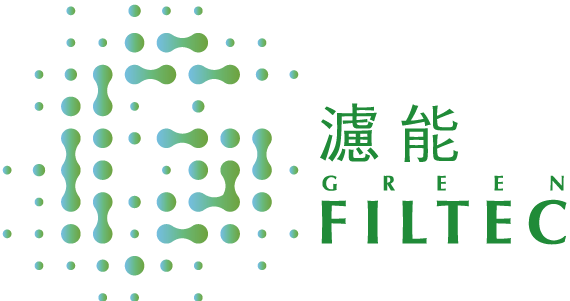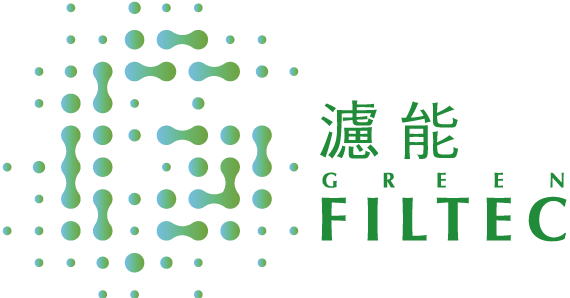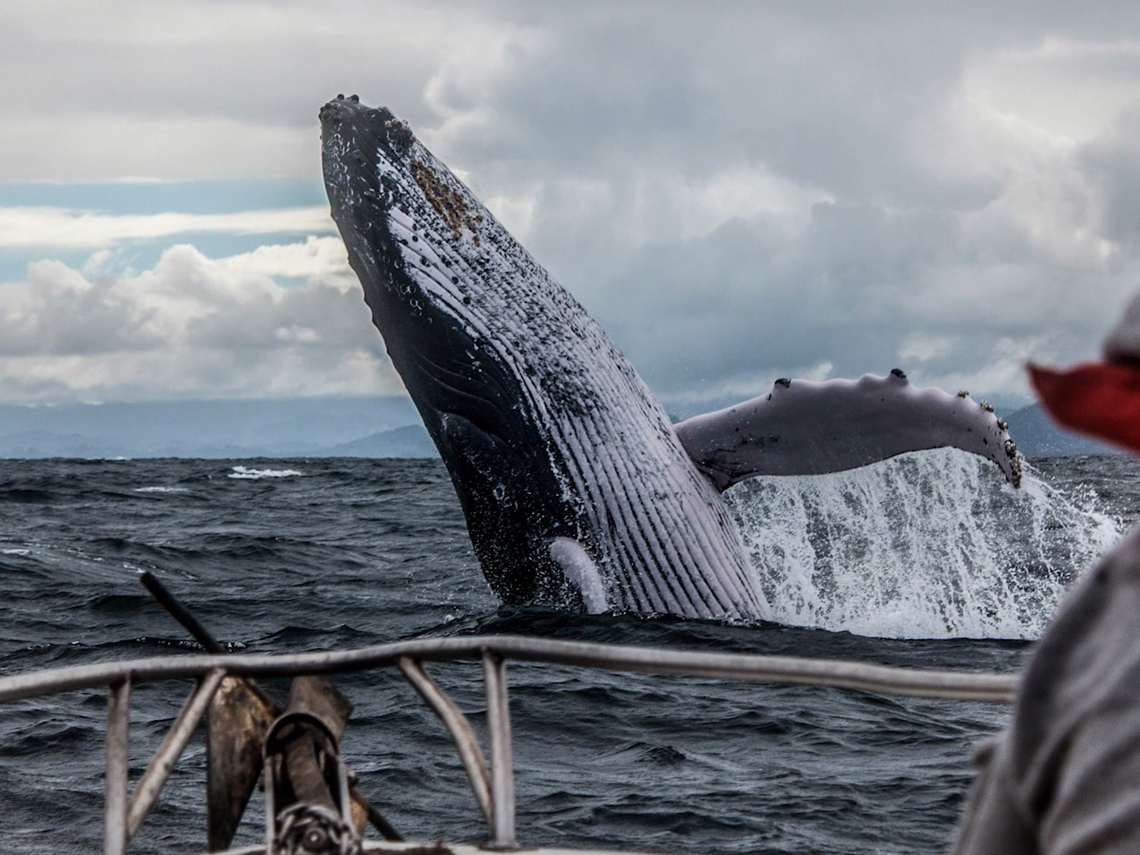Did you know that conserving whales and dolphins can also help combat the climate crisis?
A single large whale species can absorb 33 tons of carbon dioxide over its lifetime, equivalent to the carbon absorption of 3 hectares of forest. However, due to fishing activities and human disturbances, the number of stranded whales and dolphins in Taiwan reached 160 in 2020, twice the number from a decade ago!
Whales and dolphins are apex predators in the marine food chain and serve as indicator species for marine biodiversity, playing a critical role in the balance and stability of marine ecosystems. They rely on hearing and vocalization to communicate with each other, engage in social interactions, and reproduce. Prolonged exposure to underwater noise pollution can lead to physiological stress, habitat loss due to hearing impairment, altered migration routes, frequent surfacing for air, and even hearing damage, stranding, or death for whales and dolphins.
As part of its mission for environmental friendliness, GreenFiltec recognizes the harm to marine ecosystems caused by human offshore wind farm development. Last year, the company invested in its subsidiary, Yiding, to actively develop new underwater noise reduction materials. These rubber materials not only do not cause seawater pollution but also can bond with underwater structures for long periods and are highly durable. More importantly, their noise reduction effect is superior to traditional bubble curtains, addressing the needs of both whale and dolphin conservation and energy development.
Protecting whales and dolphins and preventing underwater noise pollution are closely linked, reflecting our care and responsibility for the marine ecosystem. Only through everyone’s efforts and actions can we ensure that these beautiful creatures receive the respect and protection they deserve in the future.
The source of the video:



